How To Add Retinol Into Your Skincare Routine Without Causing Redness

Embarking on a journey to radiant skin often involves the magic ingredient known as retinol. However, for many, the path to flawless complexion is interrupted by the fear of redness and irritation.
Also known as retinol burn, it usually happens when your skin can’t tolerate this powerful ingredient and hence turn into a flaky and red mess. In fact, dermatologists often describe it as a strong exfoliator out there. But hey! Fret not.
In this blog we’ll be revealing a few tips on how you can seamlessly introduce retinol into your skincare routine without the unwanted side effects.
Now before we jump into the article, let’s recall our basics about retinol.
Understanding Retinol
Retinol, a derivative of vitamin A, is a powerhouse ingredient that boosts collagen production, promoting the growth of new, healthy skin cells. While its benefits are numerous, its potency can also lead to irritation, especially for those with sensitive skin.
Now, let’s read the right way to incorporate retinol into your skincare routine.

Start Slow and Low
One of the most common mistakes individuals make when introducing retinol is diving in too quickly. It's essential to start slow and low to allow your skin to acclimate.
Begin by using a lower concentration of retinol, typically around 0.25% to 0.5%, a few times a week. This gentle initiation helps your skin build tolerance without overwhelming it. However, you can also go for up to 1% retinol if it’s encapsulated since it has fewer side effects and is generally safe for all skin types. That being said, if you have any skin condition; you need to discuss your retinol usage with a dermatologist.
Choose the Right Product
Not all retinol products are created equal. Opt for a high-quality encapsulated retinol serum from a reputable brand, ensuring that it is formulated with stable and effective retinol.
Encapsulated Retinol: For those of you who don't understand encapsulation, it is basically a retinol molecule wrapped up inside a carrier system.
This helps the active ingredients in the serum to penetrate deeper into the skin which increases the time when the serum hits your skin and when it starts working. This basically causes less skin irritation and dryness.
Buffer with Moisturizer
To further reduce the risk of redness, apply a moisturiser before applying retinol. This creates a barrier that helps to buffer the active ingredient and minimizes direct contact with your skin.
Look for a hydrating and non-comedogenic skin balancing moisturiser to keep your skin nourished without clogging pores. You can use a moisturiser with hyaluronic acid as it's good for keeping your skin hydrated.
Consistency is the Key
While consistency is vital for any skincare routine, frequency plays a crucial role when incorporating retinol. Begin with using retinol once or twice a week, gradually increasing the frequency as your skin builds tolerance.
Listen to your skin – if redness or irritation persists, scale back and allow your skin to recover before reintroducing retinol.
Sunscreen is Non-Negotiable
Retinol makes your skin more photosensitive, meaning they make your skin more sensitive to light. This is why it is imperative to add sunscreen in your routine. After you apply retinol at night, always apply a broad-spectrum SPF of at least 30 in the morning.
This shields your skin from harmful UV rays and reduces the risk of redness and sun damage.
Note: Always use retinol at night. If you use retinol in day time, it can be broken down by ultraviolet rays of sun, making it ineffective for use.
Skip Harsh Products
When using retinol, it's advisable to skip other potentially irritating products such as harsh exfoliants or strong acids. Be cautious of the other ingredients that you plan to pair up with it. For instance, retinol doesn’t mix well with AHAs, and BHAs as both are exfoliators.
These can exacerbate redness and increase the likelihood of irritation. Focus on maintaining a simple routine that allows retinol to work its magic without interference. As mentioned earlier, choose a moisturiser with hyaluronic acid.
Listen to Your Skin
Your skin is unique, and its needs may change over time. Pay attention to how your skin reacts to retinol and adjust your routine accordingly.
If you notice persistent redness or discomfort, consider consulting a dermatologist for personalised advice.
Hydrate from Within
Skincare isn't just about external products – what you put into your body matters too. Stay hydrated by drinking an ample amount of water daily.
Proper hydration supports skin health and can help alleviate redness associated with retinol use.
In the End
Getting flawless skin with retinol is a personal journey. Take it slow, use good products, and pay attention to how your skin feels. Be patient, and remember that your dream skin is possible with the right plan.
Adding retinol doesn't have to mean redness – just be gentle and listen to what your skin needs. So, start your skincare adventure, and soon, you'll reveal the beautiful, healthy skin you've been wishing for!



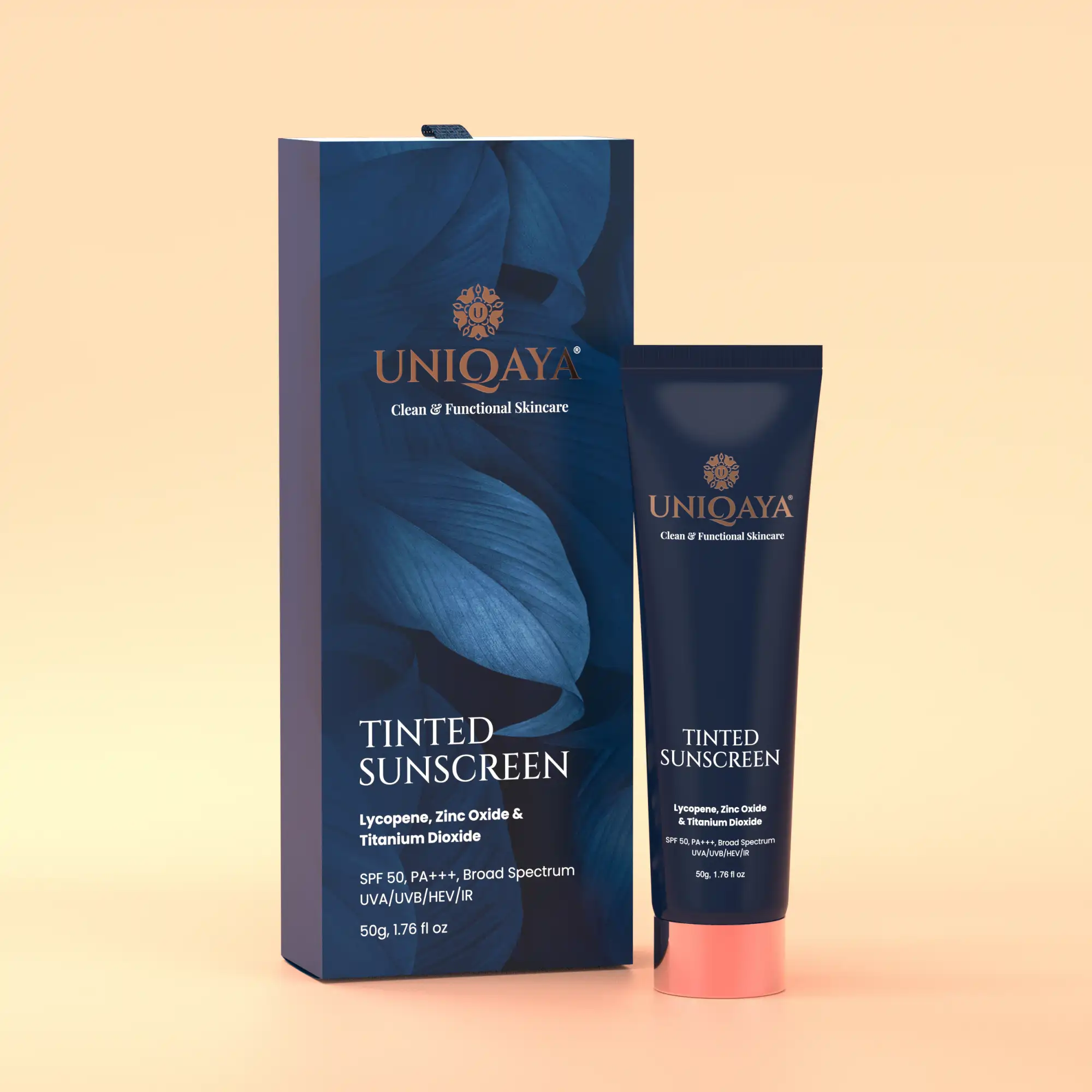
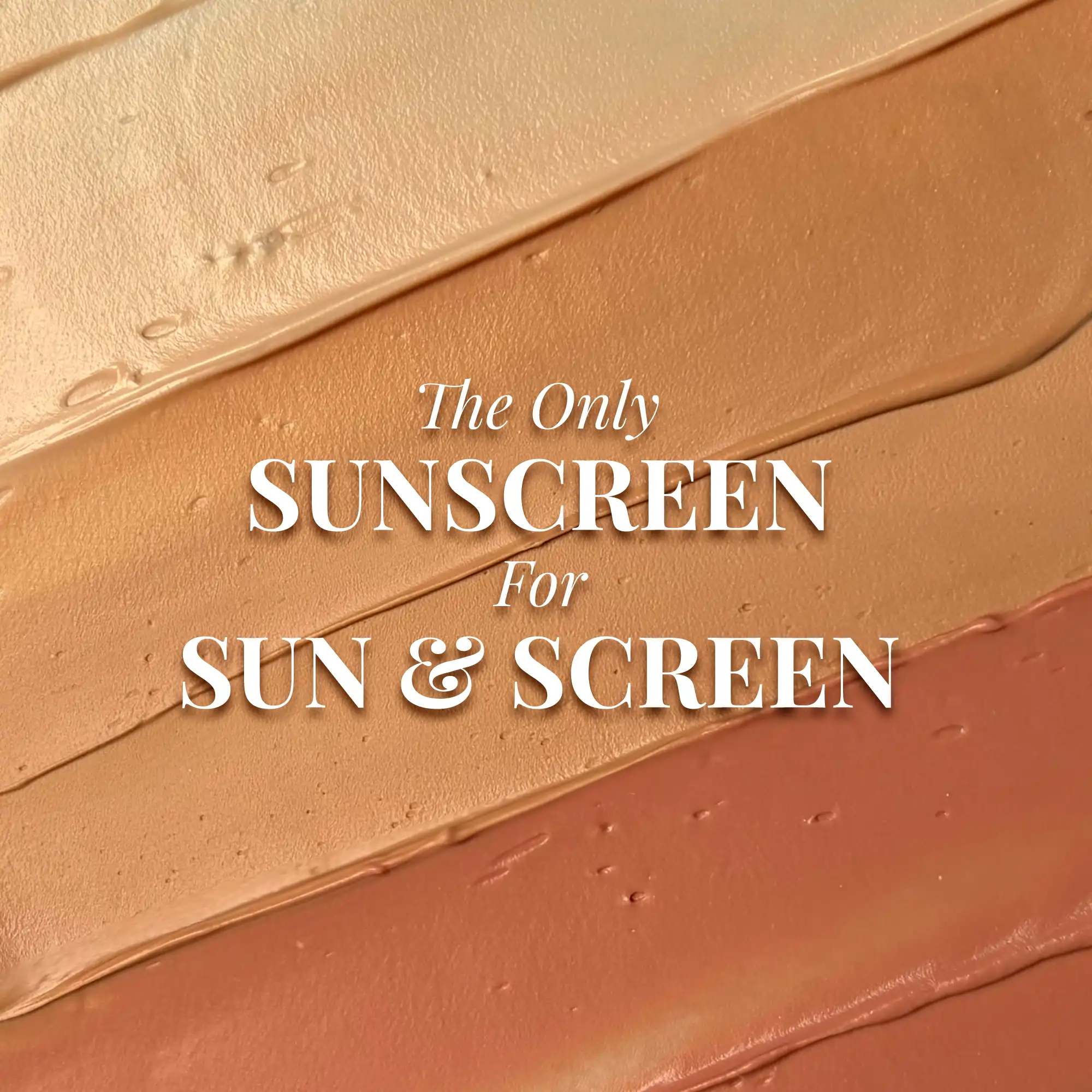
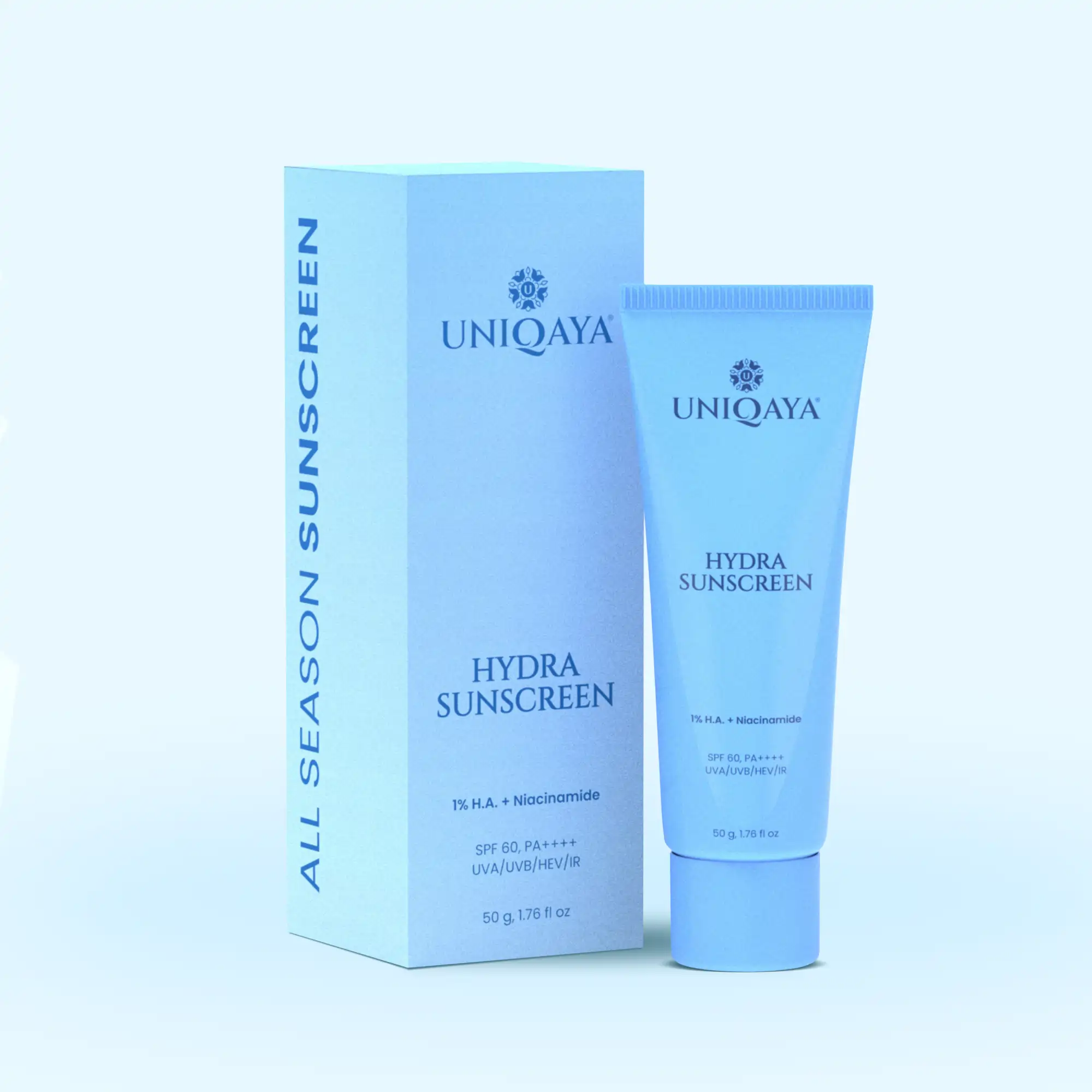

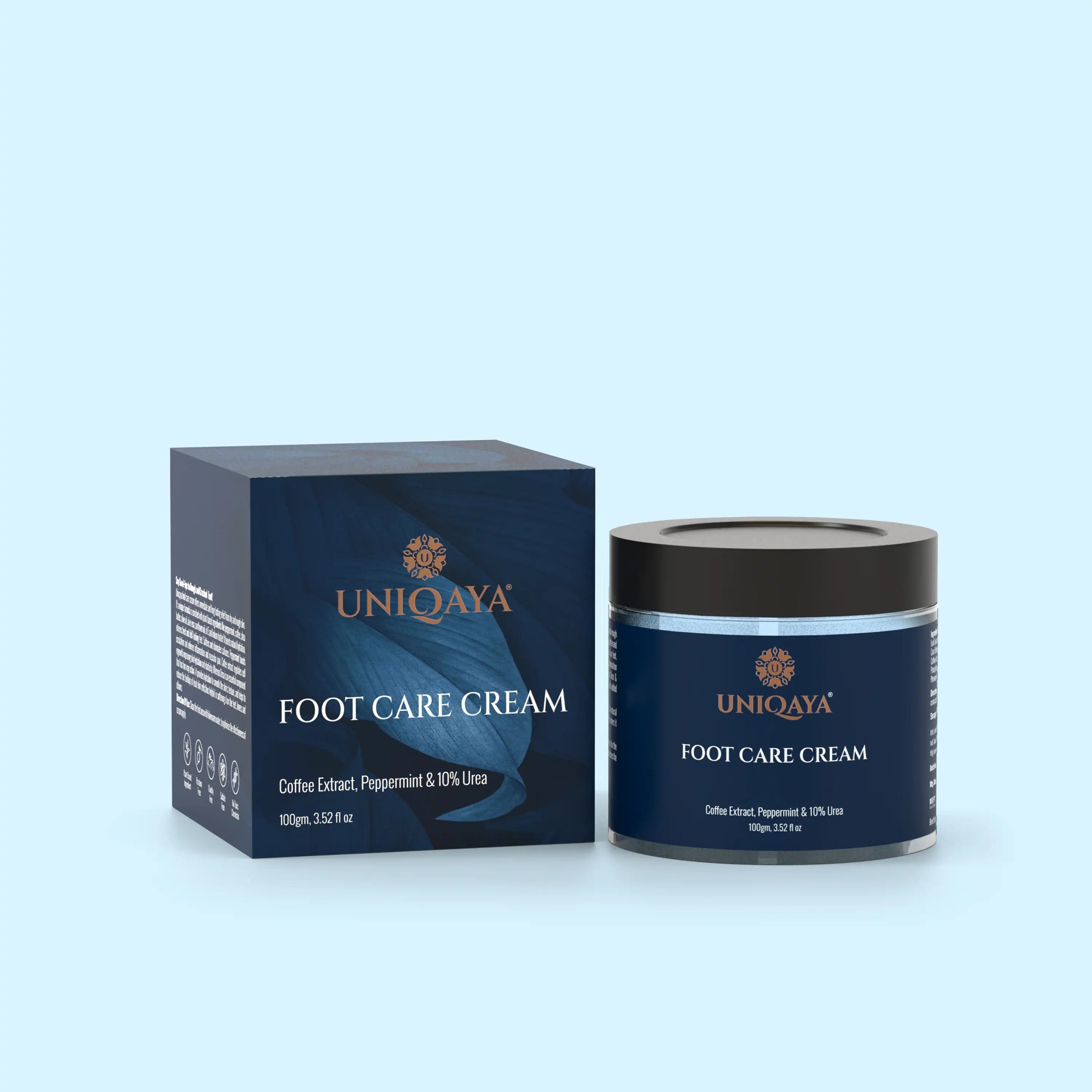

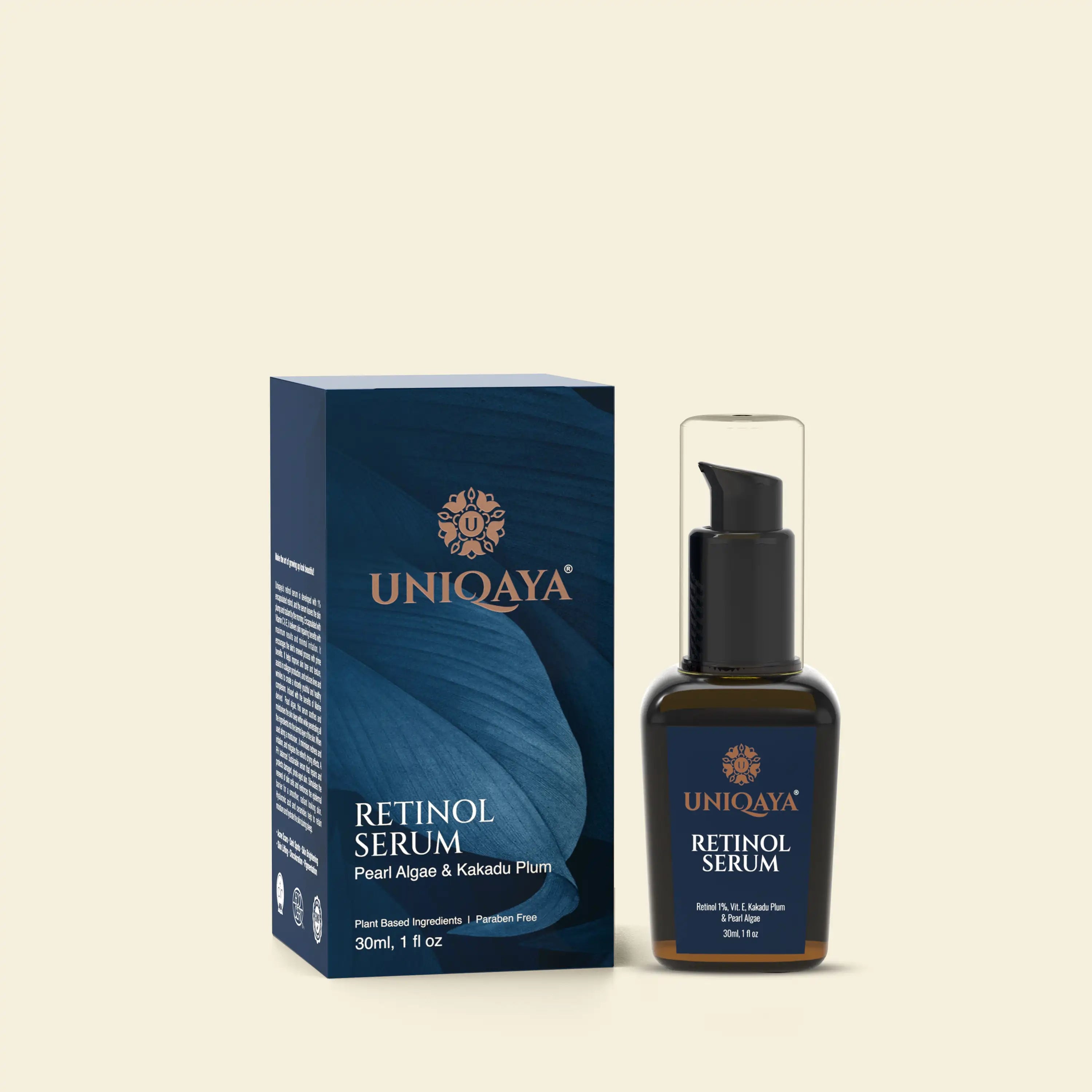

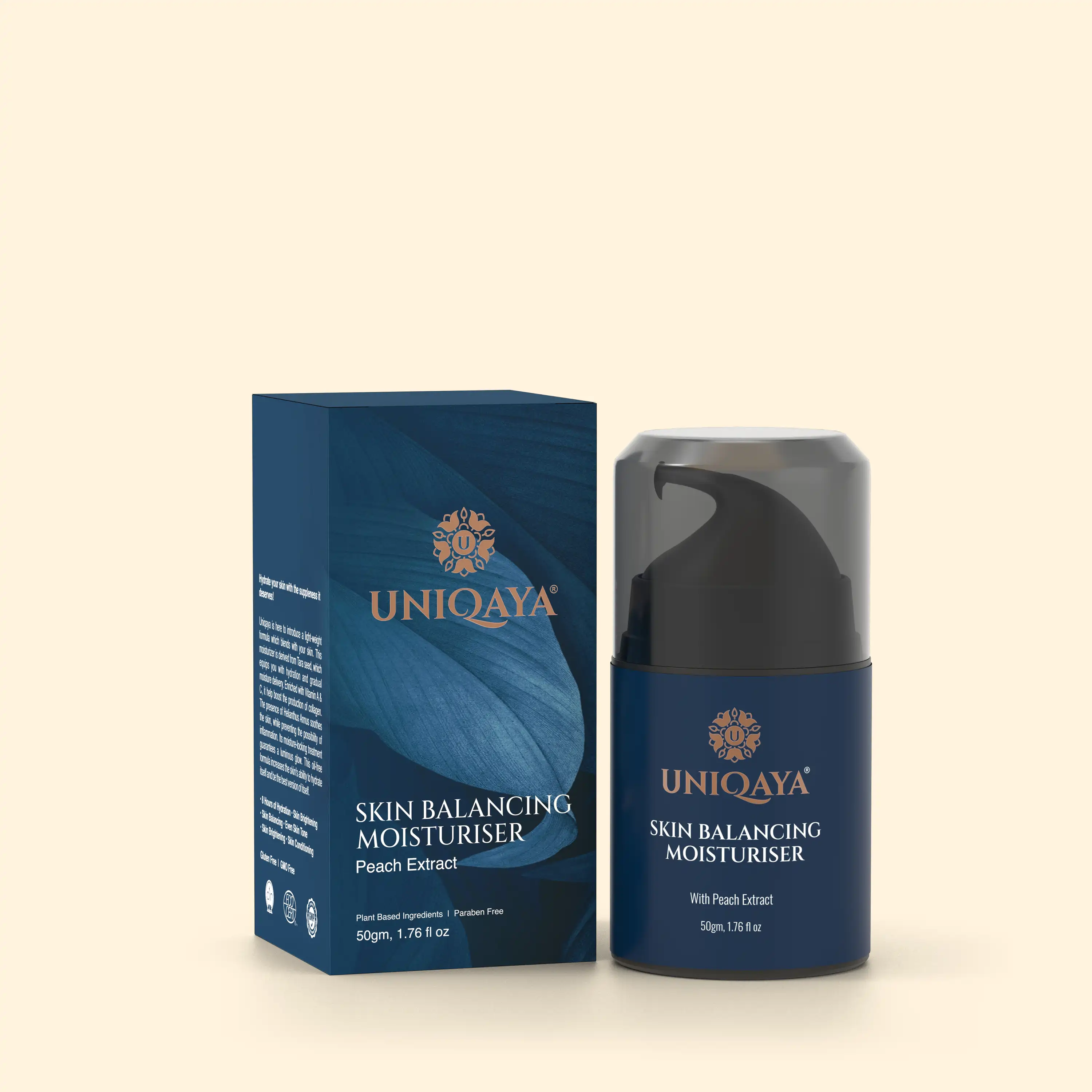
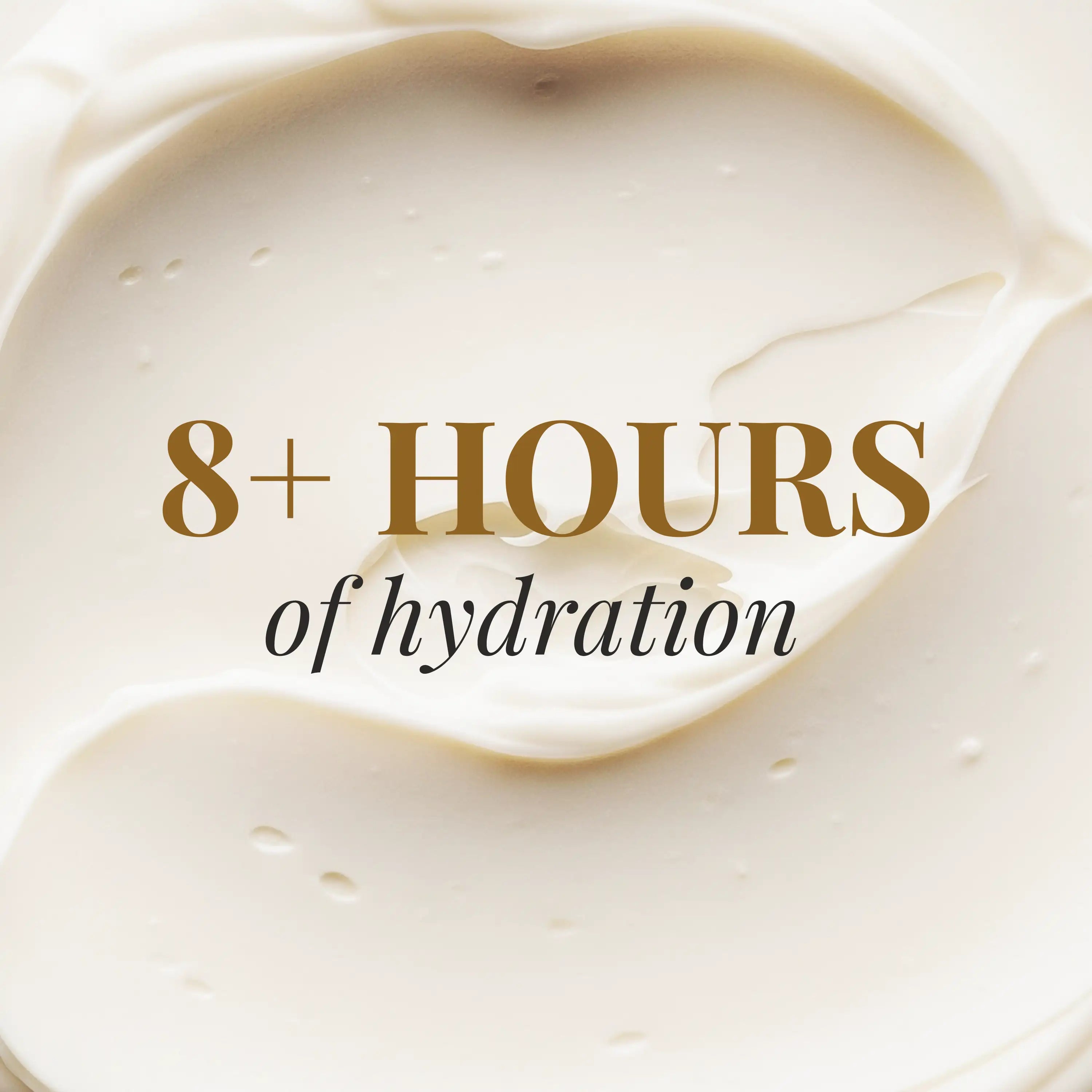
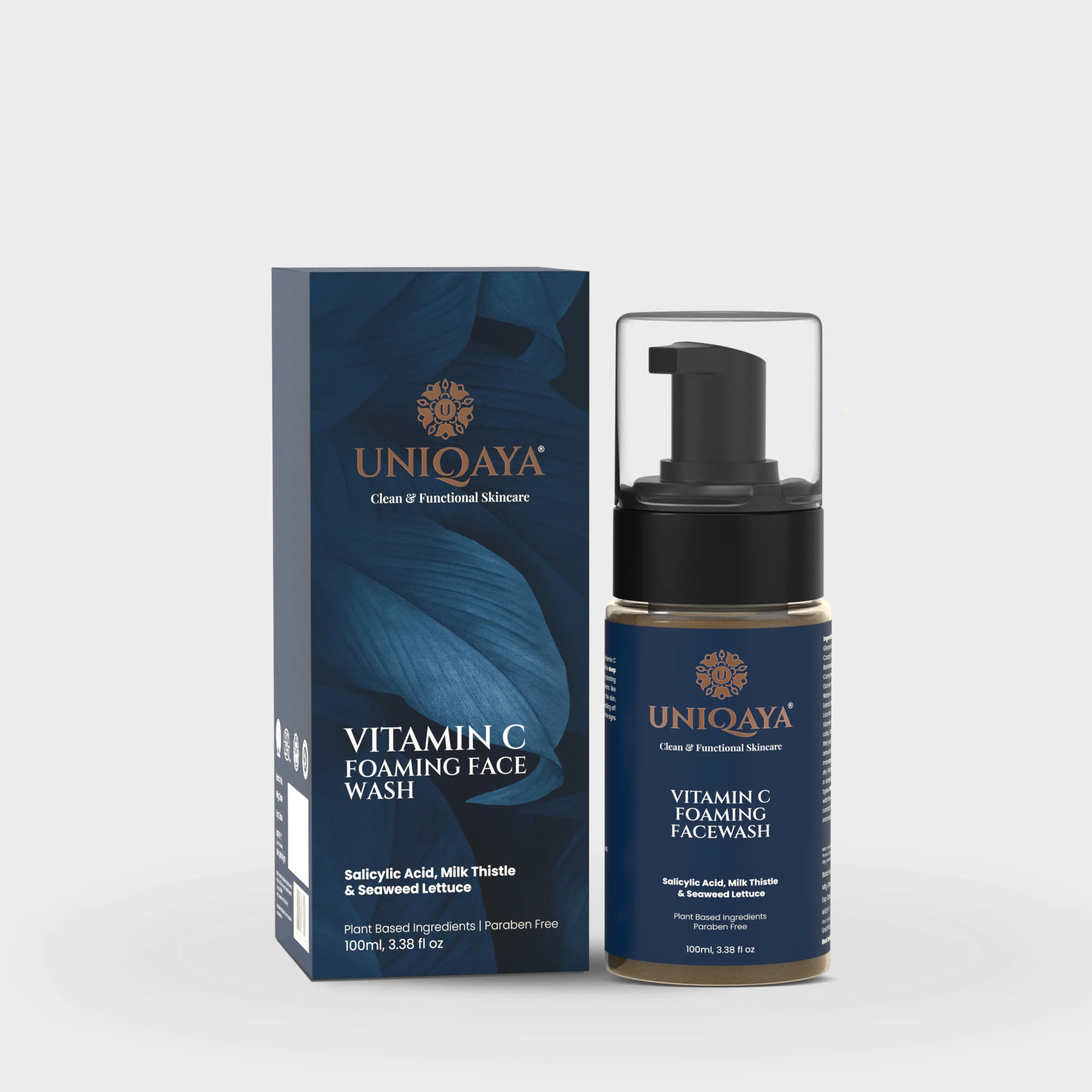
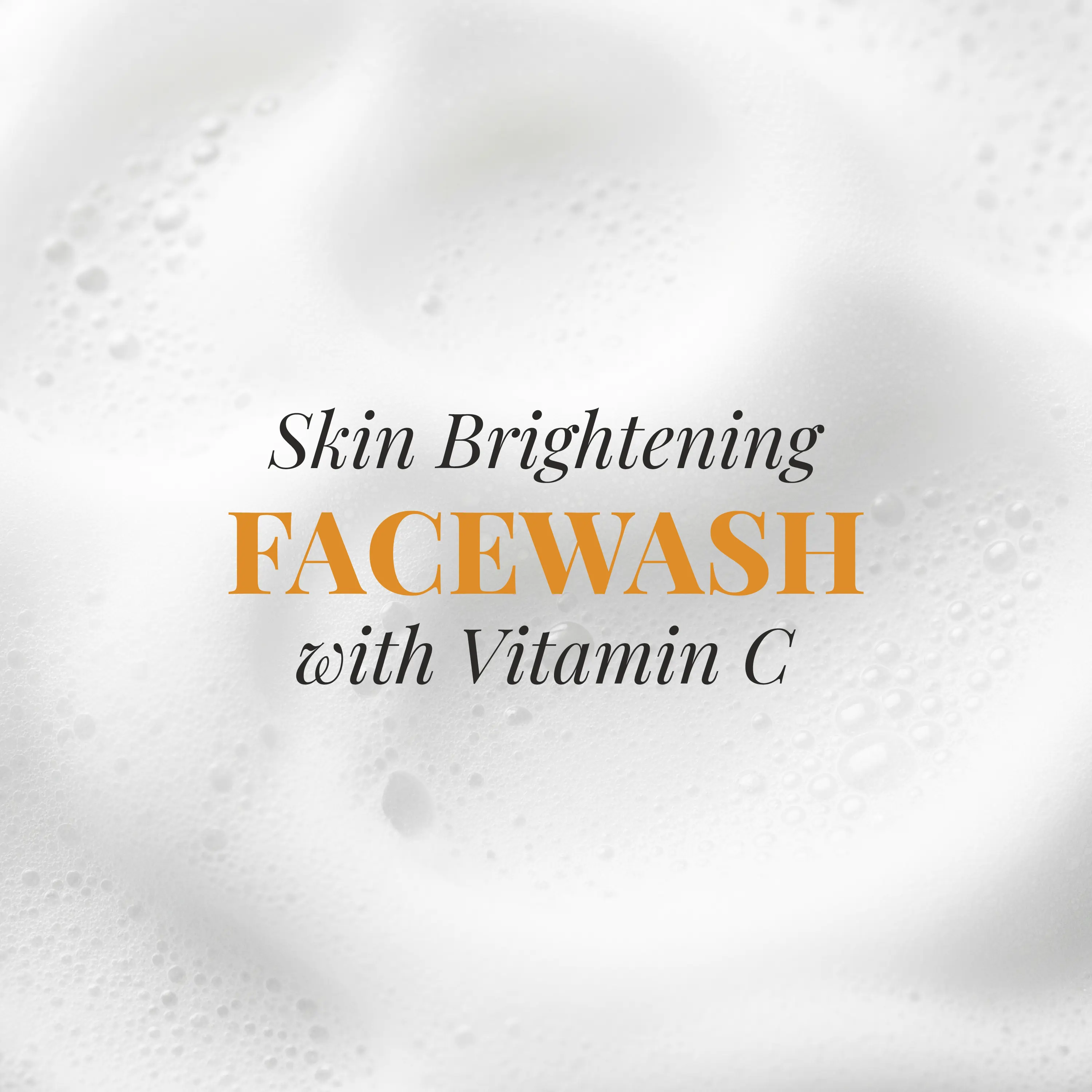
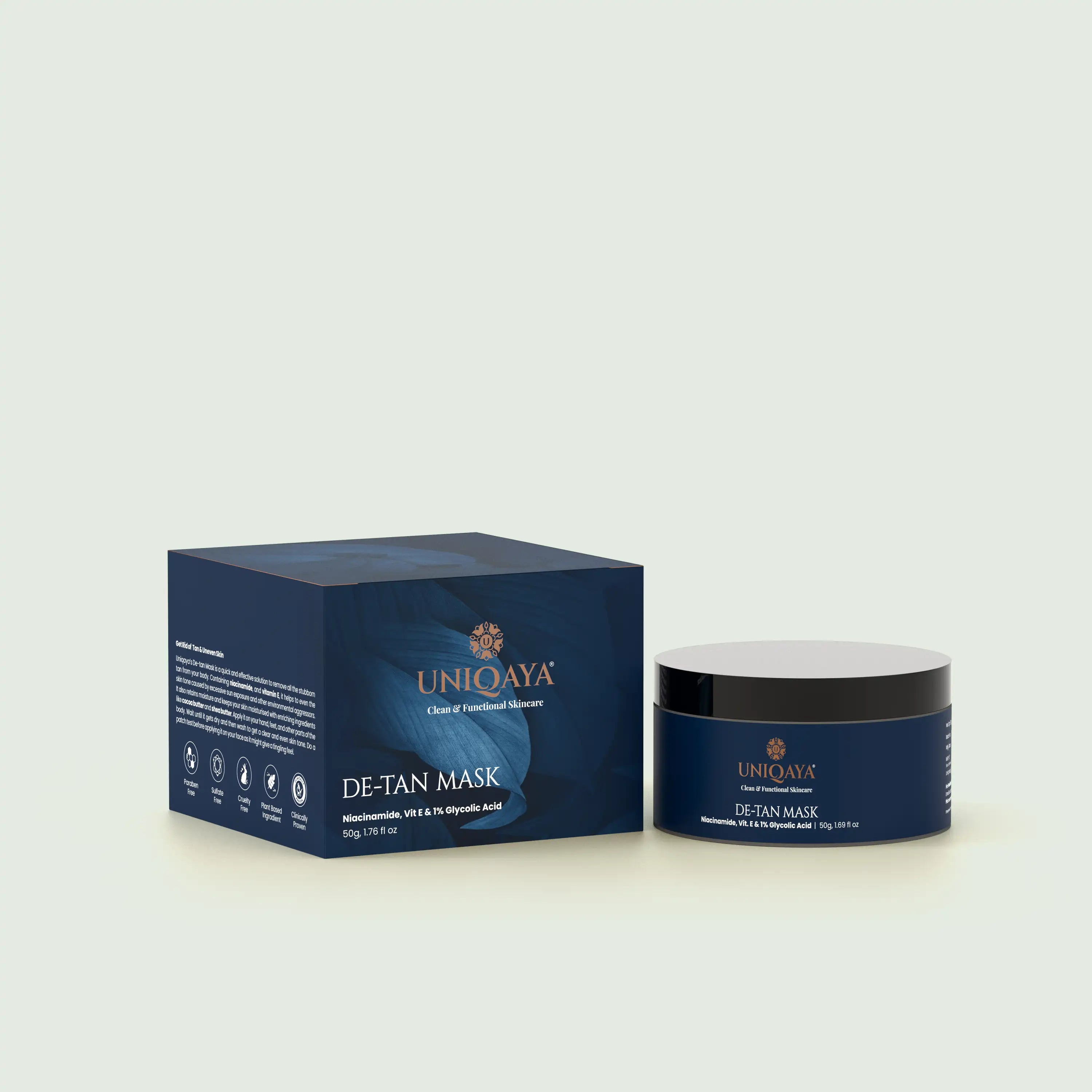
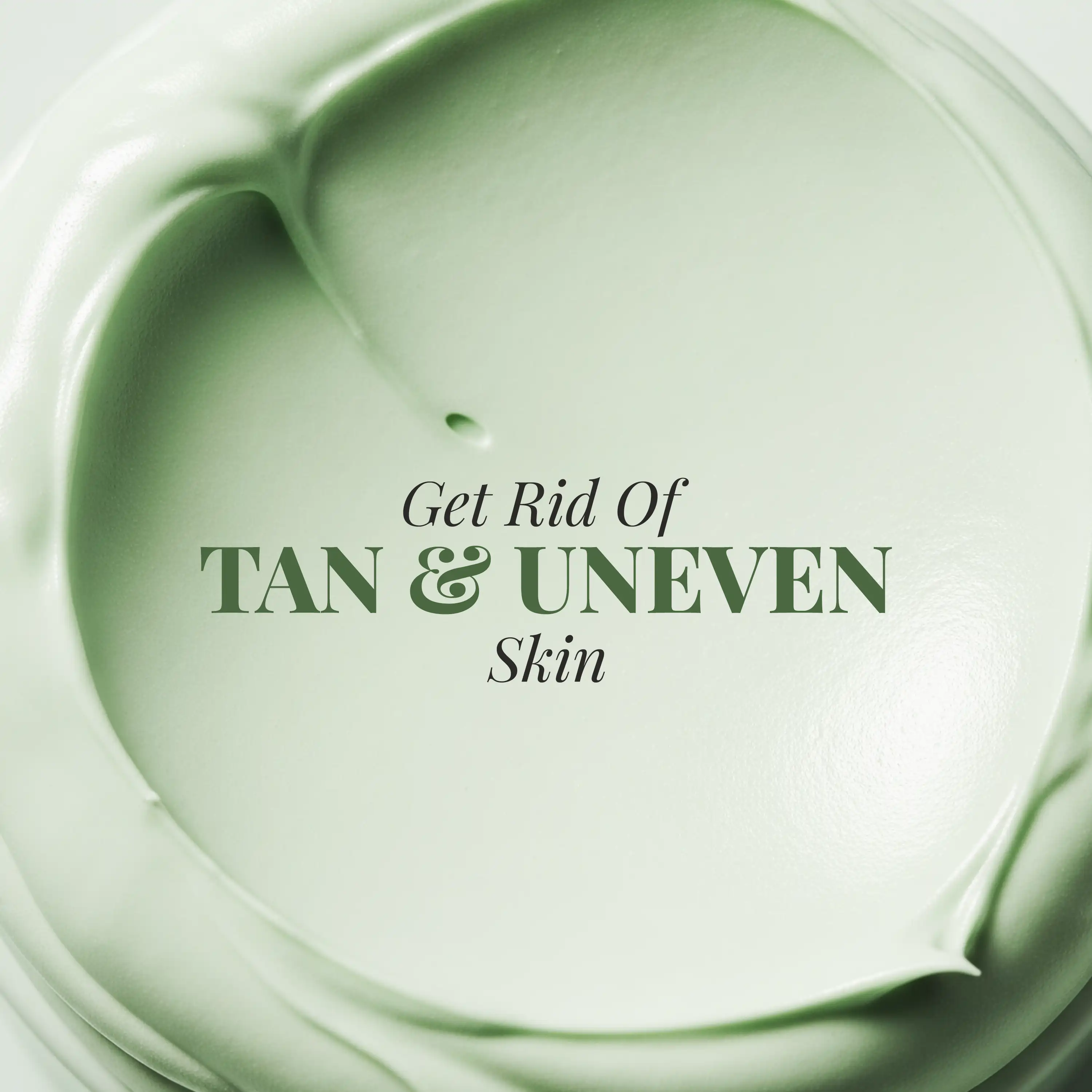
Leave a comment